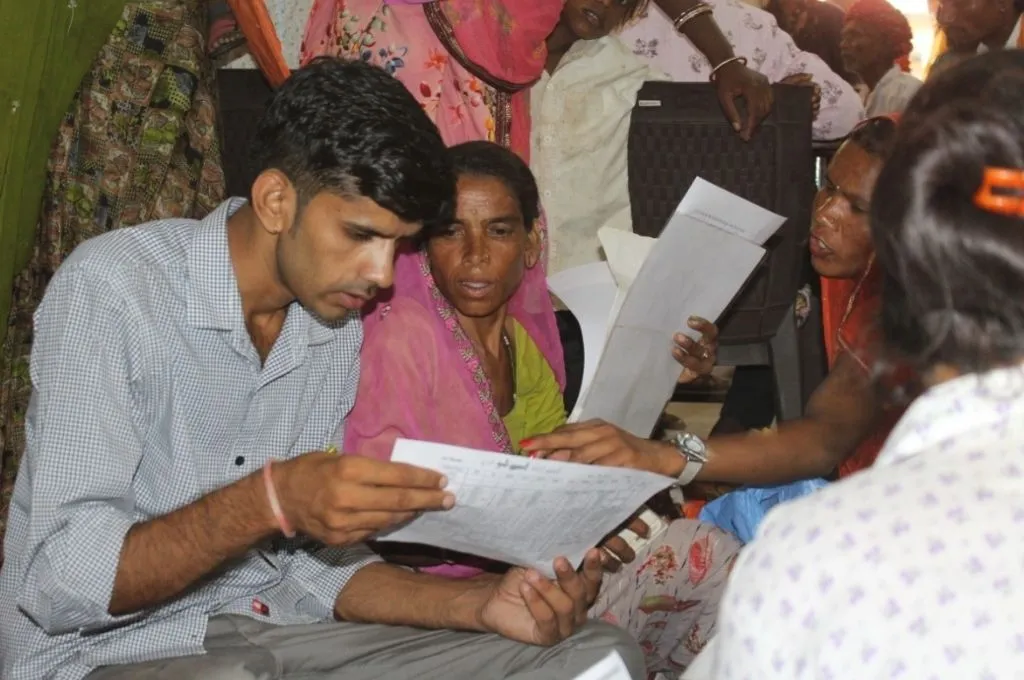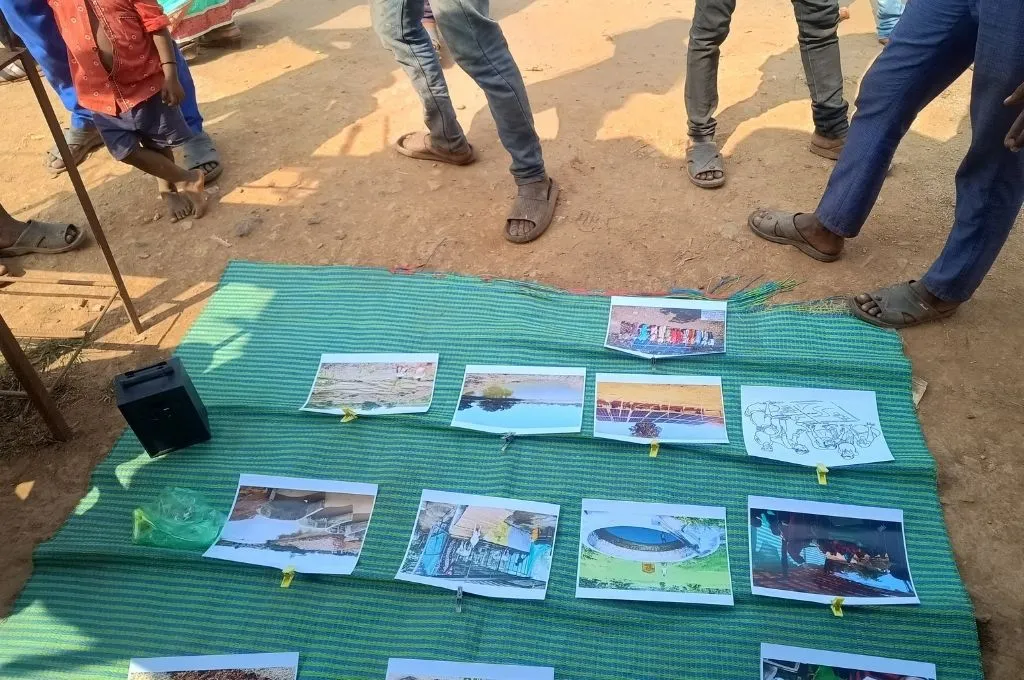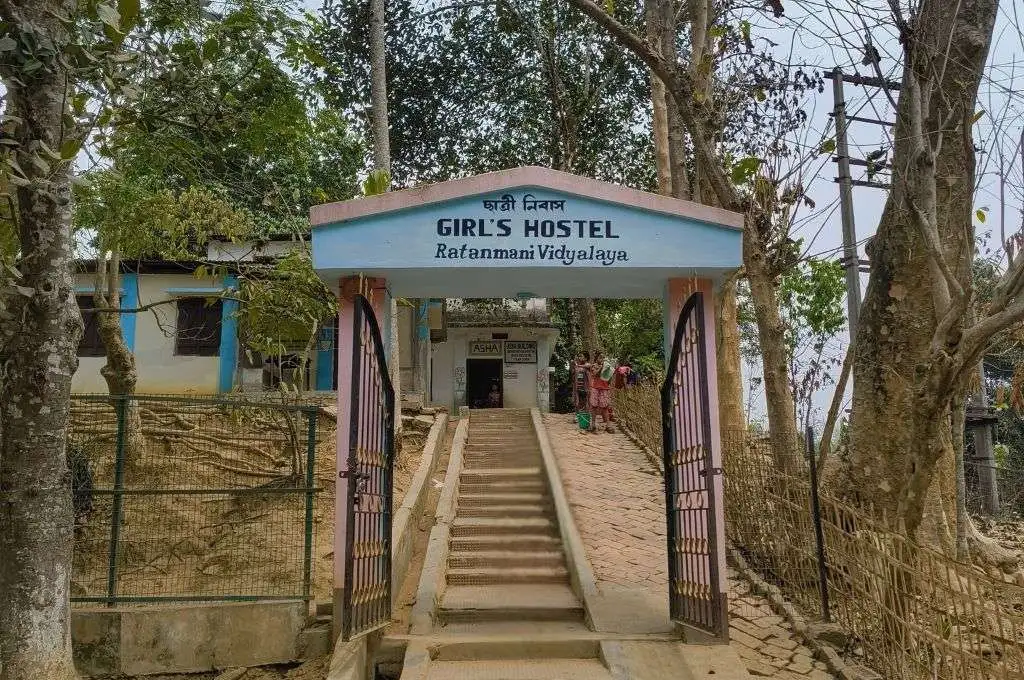Public school runaways
In December 2018, we were in a government primary school in a village in Petlawad block of Jhabua. There were two teachers in the school—a regular teacher paid for by the government and a guest teacher. The school had two classrooms and no boundary wall. Students from standards first, second, and third were sitting in one room, huddled together in separate groups. The higher grades were in the next classroom.
Together with women collectives in Petlawad, our education partner Aide-et-Action is working with the school system to help them perform better.
We asked the teacher how he teaches in this setup, he said he gives them homework to do in class, so that when one group is occupied with it, he teaches the other. We asked him if he could pick one thing that would help him, he said extra classrooms. And then added, a boundary wall as well. “Because the children run away in the middle of the class and there are no walls to stop them”.
After school, we sat with women in the village. Many wanted to send their children to private school in Petlawad. When I asked them, tell me one difference between this school which is right here in your hamlet, and the private school. They said, “bachcha wahaa se bhaag ke nahi aata”. The child doesn’t run away from the private school.
And even as we were in the meeting with women and our colleagues from AEA, one of them shouted, “dekho woh aaya”. There he comes; pointing to a child who had come out of the school.
Ultimately, it is a boundary wall that will keep them in school, and so a boundary wall is what’s needed.



